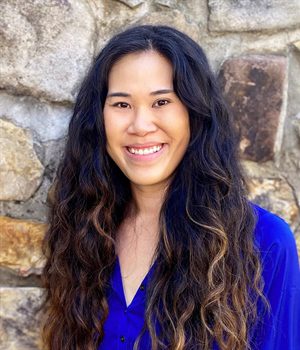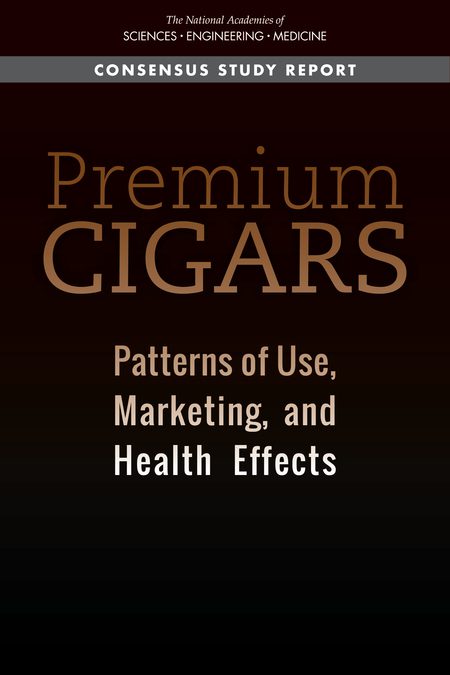Cigar use has increased since the late 1990s, and in 2016, the Food and Drug Administration (FDA) broadened its regulatory authority to cigars, including premium cigars. A new report looks at the patterns of use, marketing and the health effects of premium cigars.

Assistant Professor Amanda Kong, Ph.D., MPH, faculty at the TSET Health Promotion Research Center (HPRC), contributed to the report. Dr. Kong focuses on how cancer-related health behaviors and outcomes are connected to a person’s social and built environments.
Why is research into the premium cigar market more important than ever?
There has not been a lot of comprehensive research synthesized specifically on premium cigars— with the lack of work done,
the FDA was interested in learning more about them to inform their regulatory actions. The FDA and the National Institutes of Health
asked the National Academies of Sciences, Engineering, and Medicine to gather a committee of experts. Their goal was to evaluate the
evidence on premium cigars and their characteristics, patterns of use, marketing and short and long-term health effects. This report
pulls evidence together regarding how premium cigars are being used, dependence potential, exposure to potentially harmful health ingredients and more.
Conclusive evidence from the report shows:
- Smoke from cigars, including premium cigar smoke, contains many hazardous and potentially harmful chemicals, capable of causing cardiovascular and lung disease, cancer and multiple other health effects.
- Chemicals in cigar smoke, including premium cigars, are similar to cigarette smoke.
- Third-party cigar retailers use direct-to-consumer methods to market premium cigars.
“The biggest takeaway people need to know is smoking premium cigars may not be harmless.”
What motivated you to join the study?
The committee realized no one had taken a good look at where premium cigar shops were located across the country.
They wanted to know what kind of shops they were, their locations and how many are in each state. My research has, so far,
largely focused on the availability of more traditional tobacco retailers, such as convenience stores, smoke shops and even pharmacies
that sell tobacco products. I looked at retail data from the Premium Cigar Association spanning from 2019 to 2021, and found that neighborhoods
with a higher proportion of white residents were more likely to have a premium cigar retailer. When it came to neighborhood income, however,
we did not see any differences in availability.
How does Oklahoma compare with other states when it comes to premium cigar sales?
From 2019 to 2021, the data showed more than 1,200 premium cigar retailers across the country in almost every state, except for North Dakota and Vermont.
In Oklahoma, there were sixteen retail locations. The highest number we saw was in Florida, with more than 200 retail locations.

“Premium cigars currently have a different pattern of use than other cigar products and therefore result in different health effects. However, premium cigars are not inherently less risky than other cigars.”
The report recommends several actions be taken to address the issue:
- That the FDA and other federal agencies develop formal categories and definitions for cigars to ensure future research consistency.
- The Department of Health and Human Services, along with the Alcohol and Tobacco Tax and Trade Bureau and Federal Trade Commission, develop surveillance and evaluation systems to regularly monitor patterns of use, product characteristics and related knowledge and perceptions by cigar type.
“…If implemented, these recommendations will result in better understanding premium cigar use (and cigar use overall), marketing practices and consumer perceptions and health effects over time to inform evidence-based policies, programs and [tobacco] regulations aimed at improving health outcomes.”
